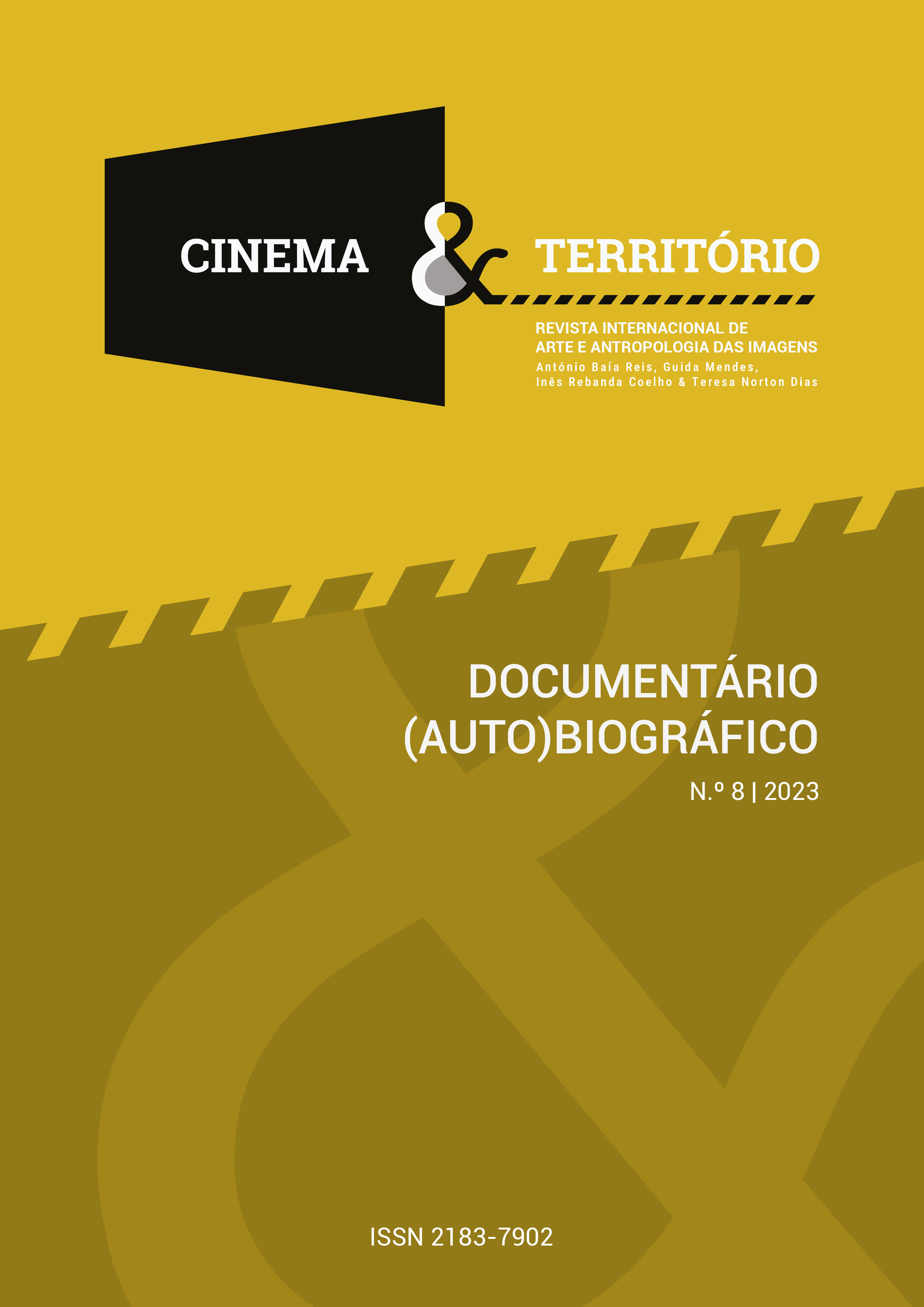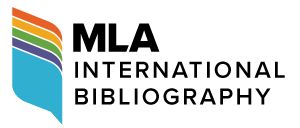Artistic research and sustainability
An artistic research project "4 questions about nature"
DOI:
https://doi.org/10.34640/c.t8uma2023brohlKeywords:
artistic research, mapping, places, nature, sustainability, art educationAbstract
The theme “cultural heritage and sustainability” of the “World Summit of Arts Education in Funchal.Madeira.Portugal” in March 2023 provided the impetus to develop an artistic research project “4 questions about nature” on site in order to uncover relationships between personal places, nature and sustainability. The site-specific artistic research method of displacement, the placing of different positions in relation to a topic such as sustainability, enables divergent aspects to be linked together in an unusually associative way in order to reveal new perspectives. According to Michel Foucault (1967), space is understood as a network consisting of many places. Places are related to each other and, in addition to their physical significance, also take on a discursive meaning through stories that people experience in places and talk about places. The research project explored these stories by interviewing ten people. The special thing about these interviews was that the answers were sketched into a kind of place map made up of text and images. In this way, ten location-based maps were created which, after being read, were transformed into a "map of the relationships between personal places-nature-sustainability" as an artistic result of the research. The artistic research project highlights [...].
References
Badura, J./Dubach, S./Haarman, A./Mersch, D./Rey, A./Schenker, C./Pérez, G. (Hg.) (2015). Künstlerische Forschung. Ein Handbuch. Zürich-Berlin.
Brayer, M. (1997). Atlas der Künstlerkartographien. Landkarten als Maß bildlicher Fiktion in der Kunst des 20. Jahrhunderts,in: Ausst.-Kat.: Atlas Mapping. Offenes Kulturhaus Linz. 21-38.
Bippus, E. (2012). Modelle ästhetischer Wissensproduktion in Laboratorien der Kunst. Tröndle, M./ Warmers I. (Hg.). Kunstforschung als ästhetische Wissenschaft. Beiträge zur transdisziplinären Hybridisierung von Wissenschaft und Kunst (107-125).
Brohl, C. (2003). Displacement als kunstpädagogische Strategie. Norderstedt.
Brohl, C. (2005). Kunstgarten Alten Eichen – ein heterotoper Ort. In Kunst + Unterricht, 289, 11-14.
Brohl, C. (2008). Displacement und Mapping. Displacement als künstlerische Praxis des Kartierens von Orten. BDK-Mitteilungen, (2), 16-21.
Brohl, C. (2019). Künstlerische Forschung und Kulturelle Bildung. Gedanken zur Entwicklung von kunstpädagogischer Professionalität in Schule und Hochschule. BDK-Mitteilungen (1),17-22.
Bundesministerium für Umwelt, Naturschutz, nukleare Sicherheit und Verbraucherschutz. https://www.bmuv.de/themen/nachhaltigkeit/nachhaltigkeitsziele-sdgs
Bundesministerium für wirtschaftliche Zusammenarbeit und Entwicklung. https://www.bmz.de/de/service/lexikon/nachhaltigkeit-nachhaltige-entwicklung-14700
Busch, K. (2009).Wissenskünste. Künstlerische Forschung und ästhetisches Denken. Bippus, E. (Hg.). Kunst des Forschens. Praxis eines ästhetischen Denkens, (141-158).
Deutsche Gesellschaft für die Vereinten Nationen e.V.. Die Ziele für nachhaltige Entwicklung. https://nachhaltig-entwickeln.dgvn.de/agenda-2030/ziele-fuer-nachhaltige-entwicklung
Foucault, M. (1997). Andere Räume (1967). In: Politics-Poetics. Das Buch zur Documenta X. (262-272).
Gesellschaft für künstlerische Forschung in der Bundesrepublik Deutschland. https://gkfd.org/
Gesellschaft für deutsche Sprache e. V.. https://gfds.de/nachhaltig/
Goehler, A. (2020). Künste, Natur, Nachhaltigkeit – Impulse für die Kulturelle Bildung. KULTURELLE BILDUNG ONLINE. https://www.kubi-online.de/artikel/kuenste-natur-nachhaltigkeit-impulse-kulturelle-bildung.
Grober, U. (2002). Tiefe Wurzeln. Eine kleine Begriffsgeschichte von „sustainable development“– Nachhaltigkeit. Natur und Kultur, 3(1), 116-128.
Haarmann, A. (2019): Artistic Research. Eine epistemologische Ästhetik. Bielefeld.
Hollmann-Peissig, G./Michl Th. (2020), Wie im Kunstunterricht mit Nachhaltigkeit und Klimaschutz umgehen, Kunst 5-10, (60), 46-47.
Kunst und Unterricht (2023). Kunst – Natur – Nachhaltigkeit. In: Friedrich Verlag. Hannover. (473/474).
Presse Portal (2022, fevereiro 22). Madeira startet Zertifizierungsprozess als
nachhaltiges Tourismusziel. https://www.presseportal.de/pm/159553/5153380
Rüdebusch, F. (2021). Nachhaltig. Der Sprachdienst, 65(5), 196-193.
Selle, G. (1998): Kunstpädagogik und ihr Subjekt. Entwurf einer Praxistheorie.
Stoltenberg, U. (2020/2010). Kultur als Dimension eines Bildungskonzepts für eine nachhaltige Entwicklung. KULTURELLE BILDUNG ONLINE. https://www.kubi-online.de/artikel/kultur-dimension-eines-bildungskonzepts-nachhaltige-entwicklung
World Alliance for Arts Education (2020). https://www.waae.online/waae-summits.html
Zur nachahmung empfohlen! (2023). https://zur-nachahmung-empfohlen.de/en/
Downloads
Published
How to Cite
Issue
Section
License
Copyright (c) 2023 Christiane Brohl

This work is licensed under a Creative Commons Attribution-NonCommercial 4.0 International License.
For more information follow the link: CC Atribuição-NãoComercial 4.0








